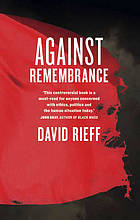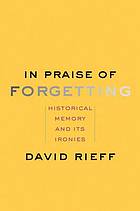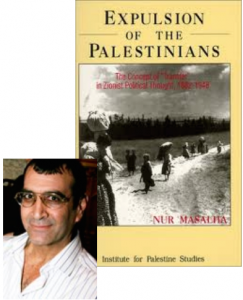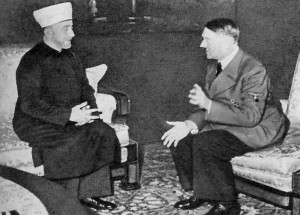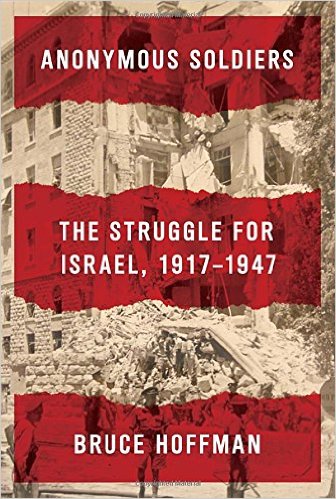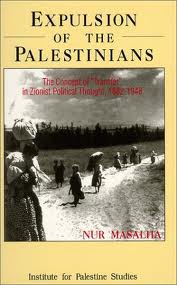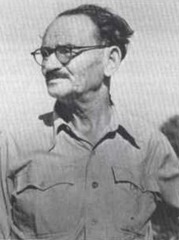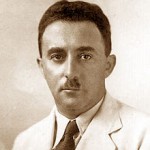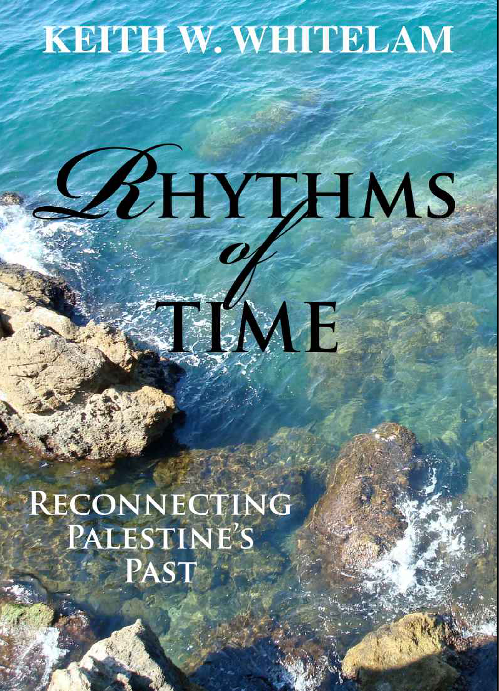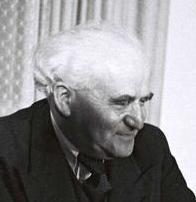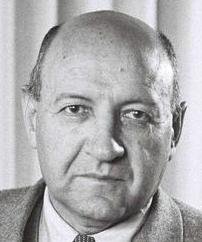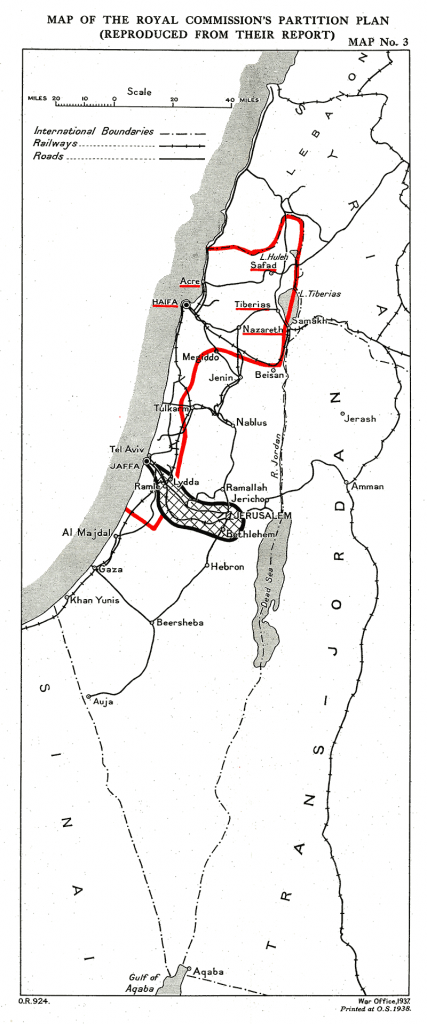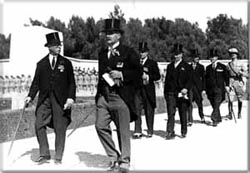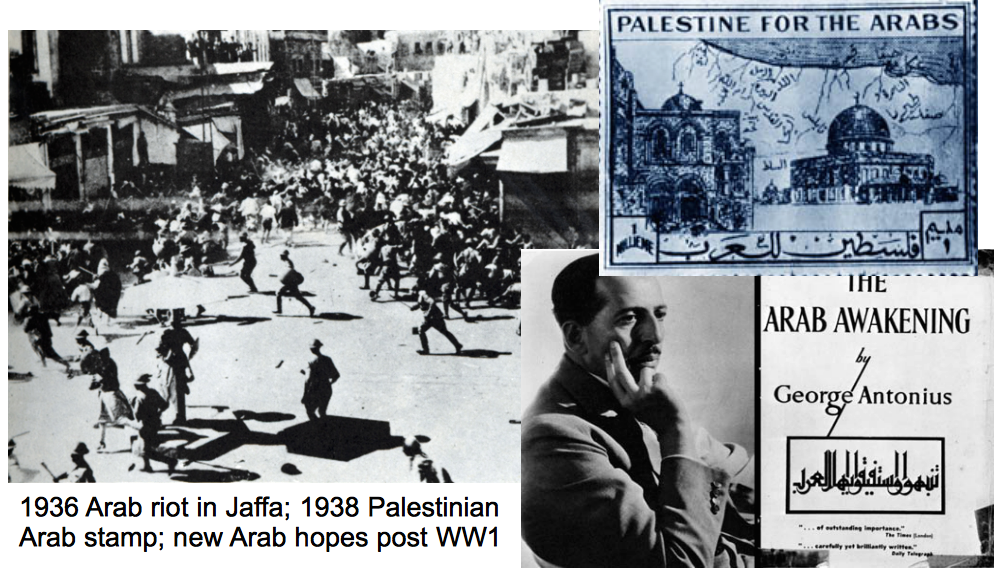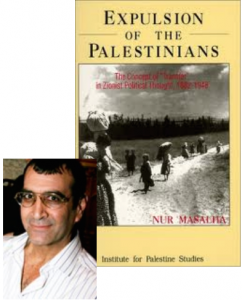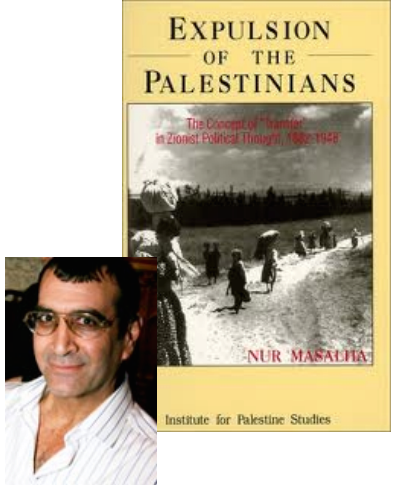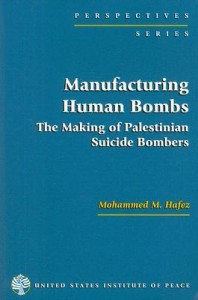The caption that originally displayed beneath the Vridar title of this blog was
Musings on biblical studies, politics, religion, ethics, human nature, tidbits from science
Unfortunately I was unable to salvage that detail when I moved to the current WordPress theme. Nonetheless, it encapsulates the original intent of this blog. Even I need the odd breather from posts relating to biblical studies.
I don’t know how many Westerners were exposed to the latest news from the Middle East but, since the overwhelming majority of this blog’s readers are in affluent Western nations, I would like to bring to the notice of any reader with an interest in Israeli affairs the following news item that has emerged within the past 24 hours. It’s the sort of news item that tends to pop up at least once a year and then gets buried before anyone has time to notice it. Just as well. Otherwise the myths about Arab intransigence over the Israel-Palestine situation would be seriously threatened by an eroding of general public credibility.
Missing from the Arab Peace Plan: an Israeli Partner
Yep, once again, the Arab states are offering Israel a peace agreement. You never heard of any such thing before? Read on, and watch the video at the end. (I know, the Arabs really should lift their game and hire Western Public Relations firms to assist them with how they come across to the public. But I know Vridar readers are smart enough to read the core and dismiss the fluff.)
For reasons best left for another post (though addressed in previous comments here), most Westerners have been exposed to a constant barrage of “news” that depicts the Israeli government as bending over backwards, giving up land and all sorts of concessions, all for the sake of peace — yet in vain! The Arabs and Palestinians, our news media and official channels regularly inform us, are hate-filled war-mongers who want nothing but the complete eradication of Israel from the map.
This week, however, has seen the repeat of an annual event that this time has come with an added punch.
Every year since 2002 the Arab states have re-endorsed their offer to Israel for complete and full recognition of the State of Israel, an end to all hostilities and affirmation of peace, if Israel agrees to accept the borders still legally binding by the United Nations — the borders that existed before the Israeli attack on Arab states in June 1967.
A quick aside here. A few people old enough still cling to the propaganda that was fed to the Western media at the outbreak of the June 1967 attack by Israel on its neighbours and quaintly think David-Israel itself was being threatened with annihilation by Goliath-Arabs at the time and was thus fighting for its very survival. For the benefit of any Westerner still enamoured with that illusion, I present the following:
Israel Air Force Commander General Ezer Weitzman: Israel “faced no threat of destruction” but the attack on her Arab neighbours was justified so that Israel could “exist according the scale, spirit, and quality she now embodies.”
Menahem Begin: “In June 1967, we again had a choice. The Egyptian Army concentrations in the Sinai approaches do not prove that Nasser was really about to attack us. We must be honest with ourselves. We decided to attack him.”
Yitzhak Rabin, Israel’s Chief of Staff: “I do not think Nasser wanted war. The two divisions he sent to The Sinai would not have been sufficient to launch an offensive war. He knew it and we knew it.”
New York Times, 1997: “Moshe Dayan, the celebrated commander who, as Defense Minister in 1967, gave the order to conquer the Golan . . . [said] many of the firefights with the Syrians were deliberately provoked by Israel, and the kibbutz residents who pressed the Government to take the Golan Heights did so less for security than for the farmland . . . [Dayan stated] ‘They didn’t even try to hide their greed for the land . . . We would send a tractor to plow some area where it wasn’t possible to do anything, in the demilitarized area, and knew in advance that the Syrians would start to shoot. If they didn’t shoot, we would tell the tractor to advance further, until in the end the Syrians would get annoyed and shoot.
And then we would use artillery and later the air force also, and that’s how it was . . . The Syrians, on the fourth day of the war, were not a threat to us.’”
At the time of the 1967 war, or at least in its immediate aftermath, the Israeli government declared that the territories that it had conquered in June 1967 were “a bargaining chip”. That is, at the time of their conquest, the Israeli state knew that it lacked any legitimacy to hold on to its conquered territories. It hoped to gain further concessions in the wake of the 1967 war of aggression through the territories it had conquered.
But this year, 2013, the Arab states have gone a step further. They have allowed Israelis living in the West Bank’ densest settlements to remain there!!!!!
And there’s a video presentation on The Real News network presenting the same recent event within a deeper historical context: Continue reading “Latest News from the Middle East — PEACE just for the recognition of International Law”
Like this:
Like Loading...
